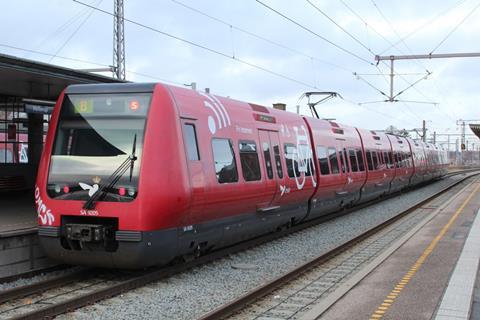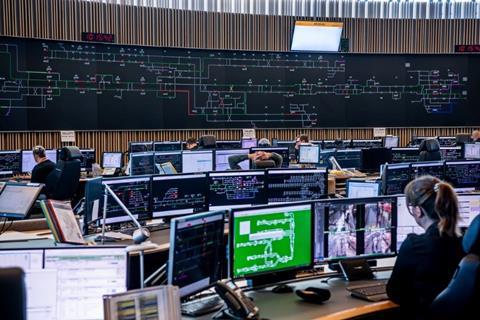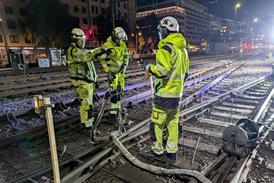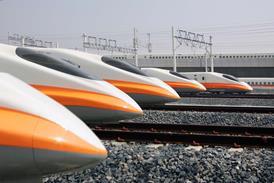
DENMARK: Siemens Mobility has been awarded a €270m contract to equip the 170 km S-bane network in København for GoA4 unattended operations.
In 2017, the government decided in principle that the standalone suburban network electrified at 1·5 kV DC should transition to unattended driverless operation at Grade of Automation 4. Siemens announced on April 22 that its agreement builds on its original contract from 2011 to equip the S-bane network with CBTC; this work was completed in September 2022. Contracts have now been signed with Banedanmark and DSB to modify the onboard and lineside equipment to support driverless operations.
The CBTC GoA4 upgrade will be carried out in five phases, ensuring that S-tog services are subject to as little disruption as possible. This will include procurement and commissioning of at least 226 fully automatic electric multiple-units; in September last year, CAF, Alstom and a consortium of Siemens and Stadler were shortlisted for a contract to deliver this fleet.
The first phase is to cover the Line F between København Syd and Hellerup stations, with the test running scheduled for mid-2030 and the start of revenue operations by the end of that year.

Throughout this phased approach, a mix of existing GoA2 trains and new driverless GoA4 trains will operate until 2038. By then, the final driverless GoA4 trainsets are scheduled to be delivered and supported by hybrid lineside technology capable of accommodating both GoA2 and GoA4.
The two depots in Hundige and Høje Taastrup are also to be equipped with radio-based communication systems, and the network’s traffic management system is to be enhanced.
‘The København S-bane is already today a well performing railway system and with implementation of the ‘Future S-bane’ programme it will evolve into one of the world’s largest and most complex fully automated mass transit systems which will provide an even better service to our passengers’, Jürgen Müller, Director for Strategy & Train Equipment at DSB, said on April 22.
‘This comes not only via higher frequency for increased capacity and improved train services during off-peak operations, but also faster recovery from disturbances and better possibilities to adapt the traffic services to the demand at short notice.’







